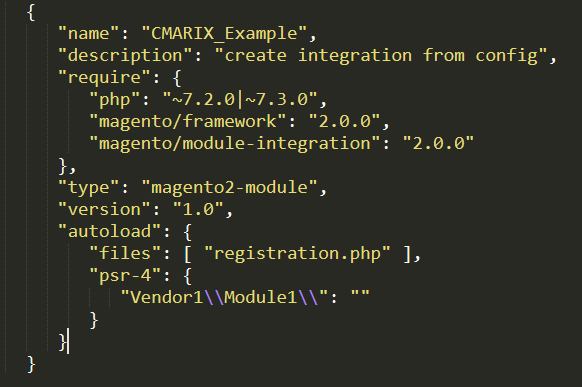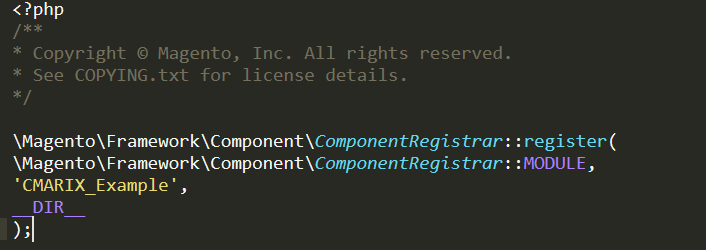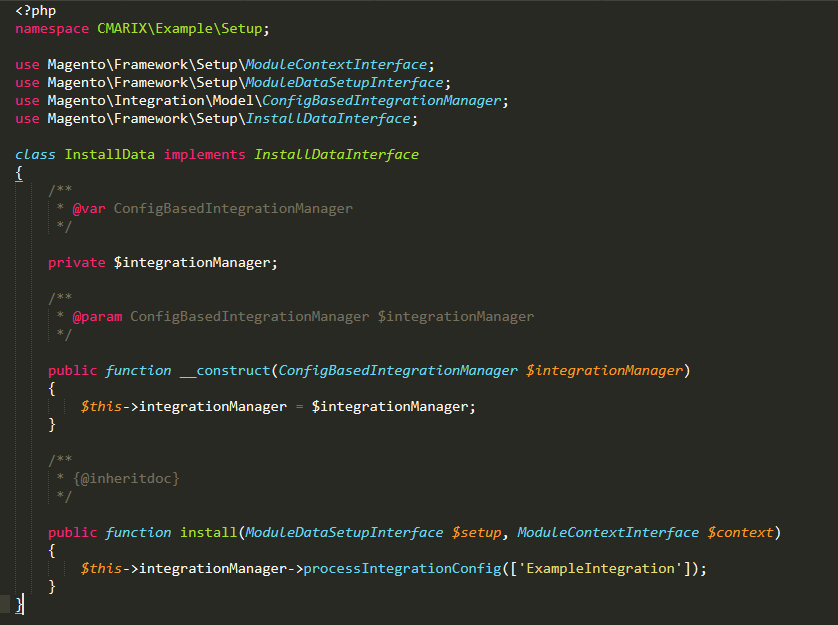Want to expand the efficiency of your Magento store by coordinating 3rd party software or services? Hire a magento developer to help accessibility in the Market offer unique and valuable highlights that don’t come preloaded in Magento. It could be in any way similar to third-party payment passages, SMS entryways, delivering techniques, APIs or CMS to give customers that offers consistent client experience to your shoppers or proprietors. Be that as it may, it’s challenging to implement these third-party integrations with Magento and make it work like an appeal.
Magento Development Company helps store owners who need to integrate third-party with Magento stores at moderate costs to convey a problem-free shopping experience. We help you effectively automate the various and complex business processes to simplify and make sense.
Magento third-party Integration is the most fundamental advance for online stores towards Magento development Services. Your payment framework ought to get a safe and secure experience for your store customers. A secure payment framework empowers you to permit your customers a simple and quick checkout experience during the exchange. We generally prescribe you to keep your Magento third-party framework smooth, free from any danger without any mistake because it associates with your client’s most essential things, Money and Trust!
A secure third-party process makes your Magento store work easier to get the most palatable shopping experience during the general checkout process. Without a third-party integration, you can’t make payments through Mastercards, check cards or some other cards through the web for your Magento store.
We give you the Magento Payment Gateway Integration Service which incorporates consistent integration with enormous outsiders like PayPal, WorldPay, CCAvenue, DirectPay, Authorize.net, Stripe, PayOne and some more. To get safe and consistent exchanges for your customers, we would prescribe you to pick the best appropriate third party for your business to integrate it with your Magento store.
Magento Integration
While WooCommerce may enjoy numerous upper hands over Magento as far as cost and intricacy, that equivalent intricacy turns out to be very valuable when your business profits from it. Various third-party applications have previous integrations with Magento prepared for use, saving you critical time and advancement costs. A couple of the more mainstream models incorporate the SalesForce client relationship, the executives (CRM) arrangement; Vertex charge the board software; the SAP venture asset organizer (ERP); and the Quickbooks bookkeeping suite to give some examples.
Custom Magento API integration
If your third-party software doesn’t offer a Magento integration arrangement, building one is generally direct. Magento 2 has a robust local strategy for refreshing almost anything you may have to restore from an outside information source. The Application Programming Interface (API) inborn to Magento contains a bewildering exhibit of techniques to associate the Magento site to whatever application you need. For instance, if your third-party software expects admittance to client locations to make a mailing list, the Magento API has a very much recorded asset disclosing precisely how to do as such. A learned and experienced Magento designer can utilize the API Integration for eCommerce to make associations that will suit your business needs impeccably.
Coordinating Magento Past APIs
There are events when your third-party merchant can’t utilize Magento’s implicit APIs straightforwardly. Maybe they are needed to send information using FTP documents rather than direct API calls. Ingram’s enormous assortment of book distributing metadata is one such illustration of periodic FTP refreshes. Assuming this is the case, Magento can be reached out to oblige these fare and import demands. We have fostered an answer for integrating a Magento site with three concurrent third-party stages for stock service, item subtleties, and shipment notices, utilizing CSV documents and FTP. Arrangements like this require a lot of advancement and testing, yet Magento is impressive and adaptable enough to oblige practically any possible integration.
Magento Integration Service:
Any necessary integration will be done by us, being venture level integration like cloud integration.
Integrate Third Party Applications:
One of the critical highlights of Magento is the vast chance of customization through third-party expansion. To automate your store, we will help you integrate the third-party application.
Integrate with ERP and CRM Software:
By adjusting data from the E-commerce site to the undertaking, work on your operational efficiency just as your client commitment.
Ecommerce Marketplace Integration:
Through e-commerce marketplace integration, instead of being Amazon or eBay, further develop your item visibility and gain the upper hand
Payment Gateway Integration:
To guarantee the most secure online exchange, we will make your payment passage secure just as straightforward.
Read More: Time Tested Practices to Optimize The Performance of Your Magento Store
Make a Skeletal Module
1. Create the module file structure.
The module for an integration, like other custom modules, needs to be placed under <magento_base_dir>/app/code/<vendor_name>/<module_name>.
E.g. <magento_base_dir>/app/code/CMARIX/Example
Also create etc, etc/integration, and Setup subdirectories under <magento_base_dir>/app/code/<vendor_name>/<module_name>, as shown in the following example:
cd <magento_base_dir>
mkdir -p app/code/<vendor_name>/<module_name>/etc/integration
mkdir -p app/code/<vendor_name>/<module_name>/Setup
2.For more detailed information, see Create your component file structure.
->name
A string that uniquely identifies the [module](https://glossary.magento.com/module).
-> setup_version
The version of Magento the component uses
3. The following example shows an example etc/module.xml file.
4. Add your module’s composer.json file.
Place the composer.json file in the module-<module_name> directory.
The following coding demonstrates a minimal composer.json file.
For more information, see Create a component.
5. Create a registration.php file
6. Create an install class.
Change directories to your Setup directory. Create an InstallData.php file that installs the integration configuration data into the Magento integration table.
The following sample is a boilerplate and requires minor changes to make your integration work.
In the following line
$this->integrationManager->processIntegrationConfig([exampleIntegration]);
exampleIntegration must refer to your etc/integration/config.xml file, and the integration name value must be the same.
The following example demonstrates a minimal config.xml file.
Create Integration Files
This module automatically performs functions such as:
- Managing the third-party account that connects to Magento.
- Maintaining OAuth authorizations and user data.
- Managing security tokens and requests.
The process for the module includes
- Define the required resources
- Pre-configure the integration
Define the required resources
The etc/integration/api.xml file defines which API resources the integration has access to.
the following resources in the Sales module:














